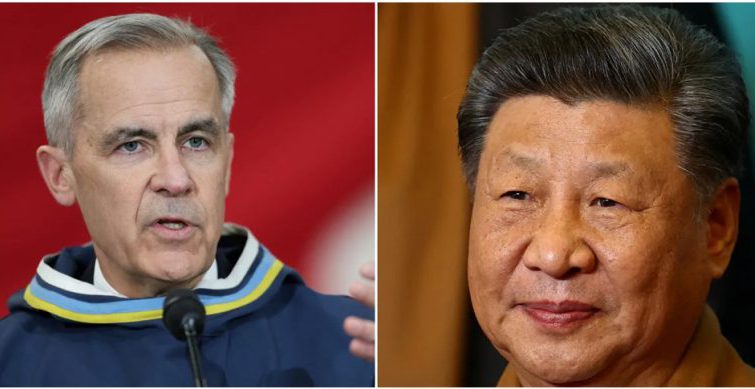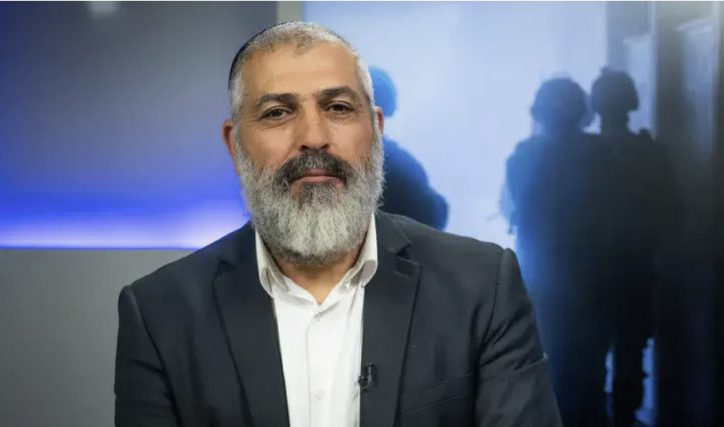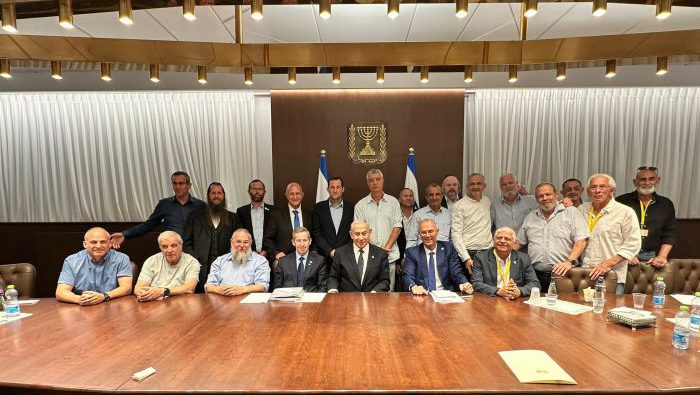At the APEC summit in Gyeongju, China’s Xi Jinping assumes the spotlight after a tenuous rare-earth trade truce with Donald Trump, facing a newly assertive Japan and a cautious Canada eager to reset ties.
In a dramatic turn at the Asia-Pacific Economic Cooperation (APEC) summit in South Korea, Chinese leader Xi Jinping emerged as the focal figure after securing a fragile trade truce with U.S. President Donald Trump—a move that temporarily suspends new U.S. curbs on China’s rare earth exports, easing fears of a global supply chain shock.
Trump left the country immediately after the deal, skipping the summit’s main sessions—a symbolic gesture signaling both relief and reluctance.
The truce halts further escalation in the high-stakes rare earth standoff, which had threatened sectors from defense manufacturing to semiconductor production.
The historic APEC gathering, hosted in Gyeongju, focuses heavily on supply-chain resilience, regional cooperation, and investment flows. Yet amid the symbolism of unity, deep geopolitical fractures persist.
🇯🇵 Japan’s New Hawkish Premier Faces Xi
For the first time since her election, Japan’s Prime Minister Sanae Takaichi—Tokyo’s first female leader and a known security hardliner—met Xi Jinping.
While bilateral ties have cautiously improved, Takaichi’s unapologetic nationalism and swift military build-up have unsettled Beijing.
One of her first executive orders was to accelerate Japan’s defense modernization, particularly against “coercive maritime threats”—an unmistakable reference to China’s incursions in the East China Sea.
Tokyo also remains furious over Chinese detentions of Japanese citizens and Beijing’s boycott of Japanese agricultural products, key points on the discussion table.
Observers note that Takaichi’s resolve marks a return to unapologetic Japanese assertiveness, bolstered by a reinvigorated U.S.-Japan alliance that Washington calls “critical to deterring Chinese aggression.”
🇨🇦 Canada Eyes Reengagement—Cautiously
Canadian Prime Minister Mark Carney, meeting Xi at 4 p.m. local time, sought to restart diplomatic and trade dialogue with China after years of hostility under former Prime Minister Justin Trudeau.
Relations between the two countries hit historic lows after China’s detention and execution of Canadian citizens and interference in federal elections.
Carney’s government aims to reduce dependency on U.S. trade and rebuild limited engagement with China—Canada’s second-largest trading partner—but tensions remain raw.
Recent tit-for-tat tariffs, including Beijing’s anti-dumping duties on Canadian canola and Ottawa’s 100% tariff on Chinese EVs, have chilled relations despite backchannel negotiations.
🇺🇸 Trump’s Absence and the American Shadow
In Trump’s absence, U.S. Treasury Secretary Scott Bessent led the American delegation.
He attended the opening session hosted by South Korean Prime Minister Lee Jae Myung, emphasizing the need to “restore the will to cooperate in the Asia-Pacific region.”
Still, optimism was scarce. Diplomats from multiple APEC nations privately expressed doubts that the summit would yield a joint statement, recalling previous failures during Trump’s first term in 2018 and 2019 when no consensus was reached.
💻 Corporate Spotlight: Nvidia Dominates APEC Sidelines
Amid the political maneuvering, Nvidia CEO Jensen Huang electrified the business forum parallel to the summit.
The tech giant just became the world’s first company to exceed $5 trillion in valuation, cementing its dominance in artificial intelligence.
Curiously, Nvidia’s restricted AI chip sales to China—a flashpoint in U.S.-China tech tensions—were reportedly left off the agenda during Thursday’s Xi-Trump talks, reflecting a delicate truce both sides are reluctant to test further.
⚙️ Strategic Crossroads: The APEC Divide
This year’s APEC embodies the shifting tides of global power:
- China, seeking legitimacy amid slowing growth and sanctions, projects leadership.
- Japan, emboldened by Takaichi’s hawkish doctrine, is rearming for a new era.
- The U.S., though physically absent, casts a long strategic shadow through its alliances and military presence.
- Canada, pragmatic but wary, walks a diplomatic tightrope between principle and trade.
As Xi Jinping basks in the Gyeongju spotlight, the message is clear: the world’s balance of economic power is in flux, and the Pacific arena has become its defining stage.





